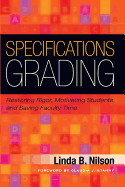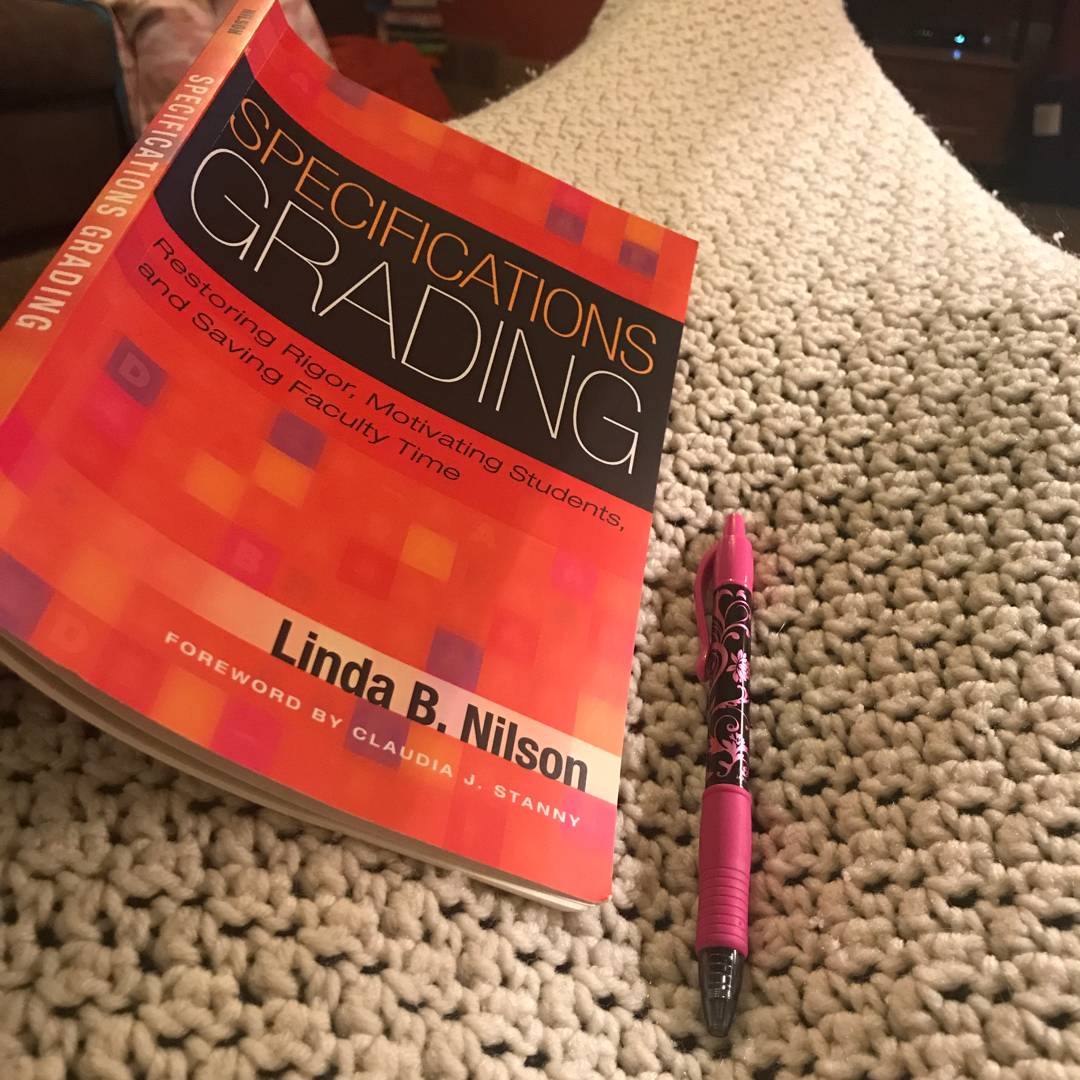Specifications Grading: Restoring Rigor, Motivating Students, and Saving Faculty Time | Linda B Nilson
In her latest book Linda Nilson puts forward an innovative but practical and tested approach to grading that can demonstrably raise academic standards, motivate students, tie their achievement of learning outcomes to their course grades, save faculty time and stress, and provide the reliable gauge of student learning that the public and employers are looking for. She argues that the grading system most commonly in use now is unwieldy, imprecise and unnecessarily complex, involving too many rating levels for too many individual assignments and tests, and based on a hairsplitting point structure that obscures the underlying criteria and encourages students to challenge their grades.This new specifications grading paradigm restructures assessments to streamline the grading process and greatly reduce grading time, empower students to choose the level of attainment they want to achieve, reduce antagonism between the evaluator and the evaluated, and increase student receptivity to meaningful feedback, thus facilitating the learning process - all while upholding rigor. In addition, specs grading increases students' motivation to do well by making expectations clear, lowering their stress and giving them agency in determining their course goals. Among the unique characteristics of the schema, all of which simplify faculty decision making, are the elimination of partial credit, the reliance on a one-level grading rubric and the "bundling" of assignments and tests around learning outcomes. Successfully completing more challenging bundles (or modules) earns a student a higher course grade. Specs grading works equally well in small and large class settings and encourages "authentic assessment." Used consistently over time, it can restore credibility to grades by demonstrating and making transparent to all stakeholders the learning outcomes that students achieve.This book features many examples of courses that faculty have adapted to spec grading and lays out the surprisingly simple transition process. It is intended for all members of higher education who teach, whatever the discipline and regardless of rank, as well as those who oversee, train, and advise those who teach.Specification grading promotes the following values and outcomes. It: 1. Upholds High Academic Standards2. Reflects Student Attainment of Skills and Knowledge 3. Motivates Students to Learn and to Excel4. Fosters Higher-Order Cognitive Development and Creativity5. Discourages Cheating6. Reduces Student Stress7. Makes Students Feel Responsible for Their Grades8. Minimizes Conflict Between Faculty and Students9. Saves Faculty Time and Is Simple to Administer10. Makes Expectations Clear and Simplifies Feedback for Improvement11. Assesses Authentically12. Achieves High Inter-Rater Agreement





















